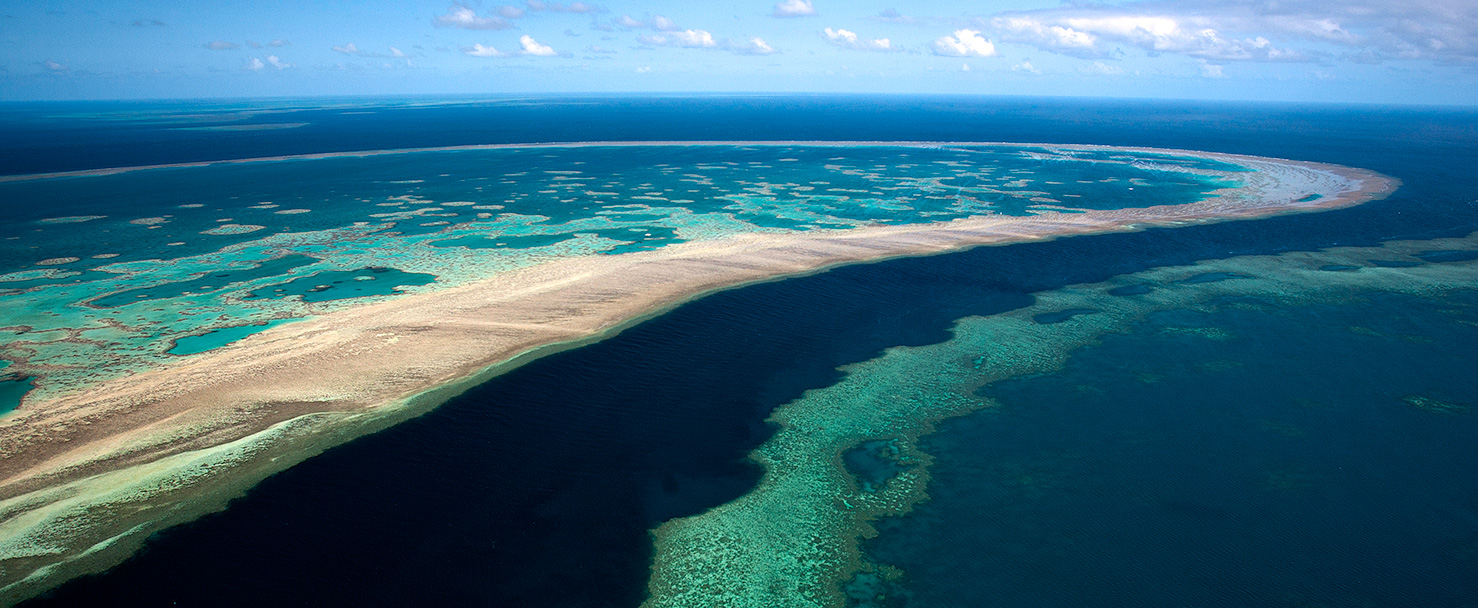Australia’s Great Barrier Reef Health Update
The reef responsible for $4 billion of the continent’s economy shows signs of recovery
Two years ago, faced with mass bleaching of coral in the Great Barrier Reef—the result of higher water temperatures owing to climate change—the Australian government, in partnership with the Queensland government, implemented a program of measures to restore the reef. According to Australia’s Great Barrier Reef Marine Park Authority (GBRMPA), coral bleaching usually occurs from heat stress caused by elevated ocean temperatures. The rise in temperature causes the coral to expel the algae that live symbiotically in its tissues, turning it white.
Though it may be too soon to see holistic, lasting impact from the government’s Reef 2050 Long-Term Sustainability Plan, there’s reason to be hopeful. “The Great Barrier Reef is a vast ecosystem,” says Fred Nucifora, the director of education, stewardship and partnerships at the GBRMPA. “It is bigger than Italy and is very resilient.”
According to a Reef and Research Centre press release, recent photos show healthy, colorful coral at numerous locations that suffered back-to-back coral bleaching events in 2016 and 2017. “All of our sites that survived the mass bleaching events have shown strong signs of recovery; they look great now. We were fortunate that the effects of bleaching were very patchy,” says Doug Baird, Quicksilver Group Environmental Compliance Manager.
That resilience may pay off for the Australian economy: according to Nucifora, the reef contributes more than $4 billion USD yearly to the Australian economy, creating 70,000 jobs, many directly tied to the tourism industry.
Image credit: iStockphoto




